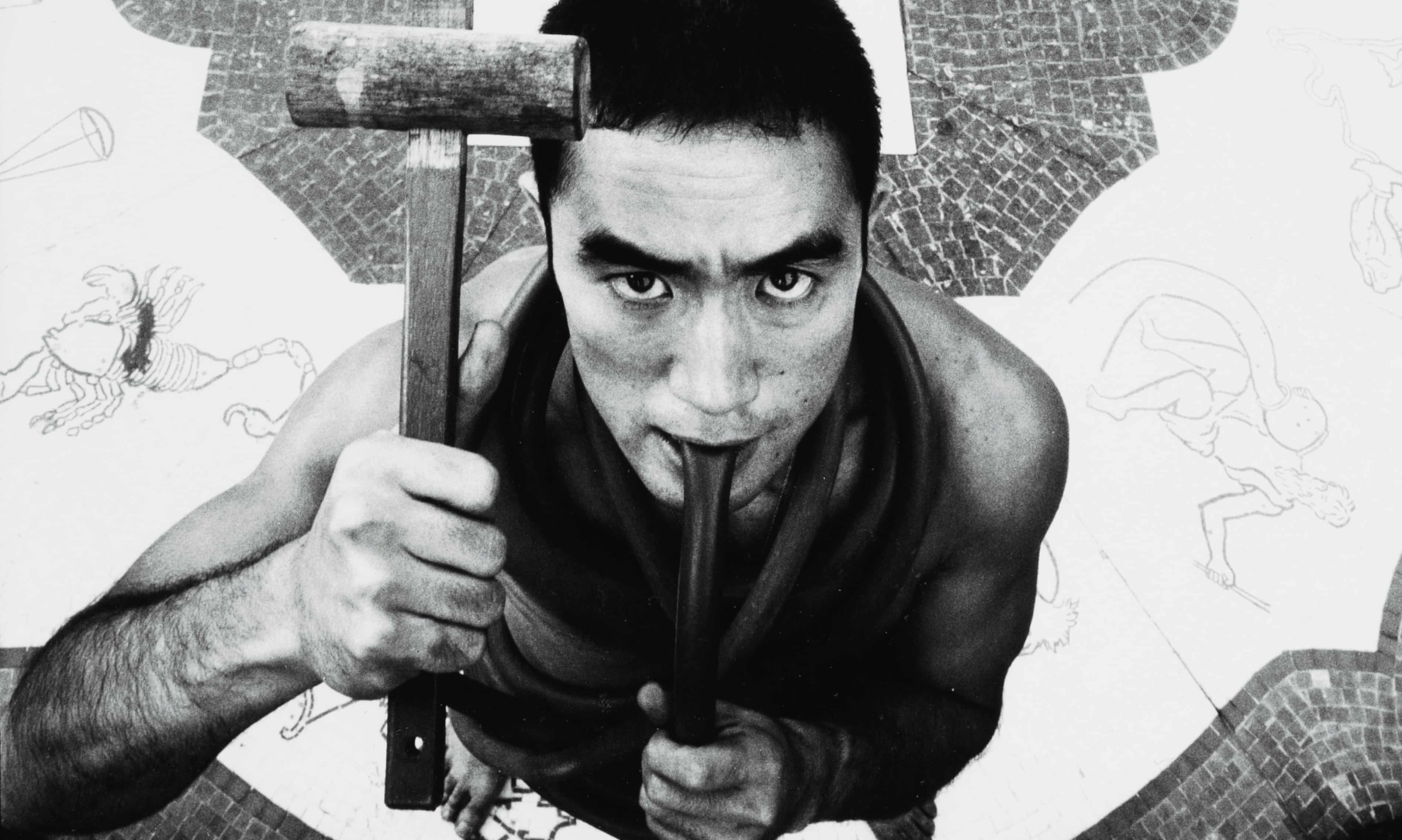
Rising sons: the radical photography of postwar Japan – in pictures
Between 1957 and 1972, Japanese photography was revolutionised ... twice! These images spotlight the Vivo artists and the magazine Provoke, with its motto: rough, blurred, out-of-focus
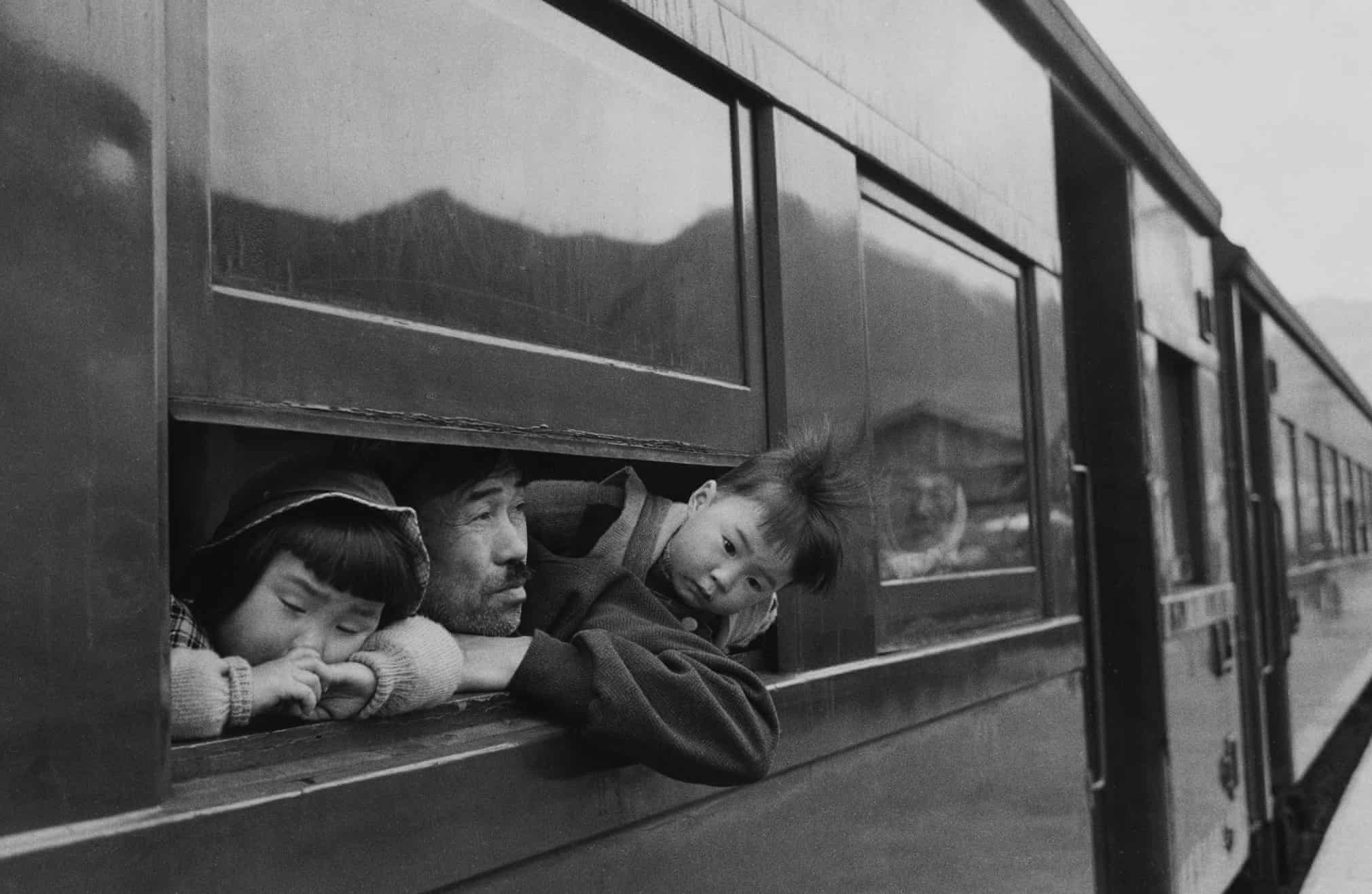
The Trip by Shōmei Tōmatsu, 1959
An exhibition entitled The Look of Things: Japanese Photography around ‘Provoke’ spotlights artists who participated in the Vivo cooperative from 1959 to 1961, including Ikkō Narahara, Shōmei Tōmatsu, Eikoh Hosoe, Akira Satō and Kikuji Kawada. PhotoEspaña festival runs until 31 October
Photograph: Collection Per Amor a l’Art
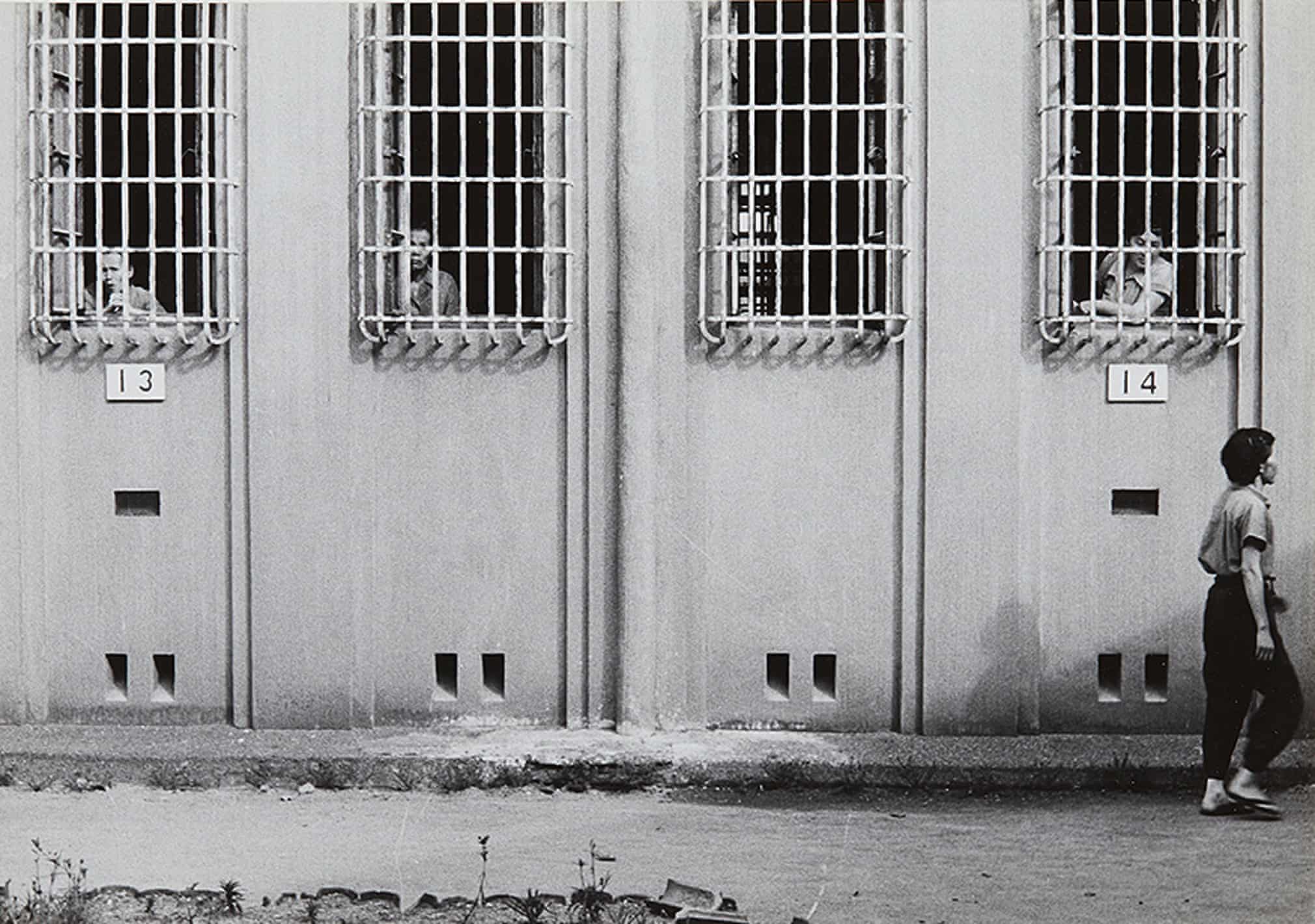
Domains by Ikkō Narahara, 1956-1958
The Vivo group was inspired by the Magnum Photos agency and had the shared goal of forging a critical vein of photography, in contrast to established conventions, by exploring more subjective ways of understanding the medium of photography
Photograph: Collection Per Amor a l’Art
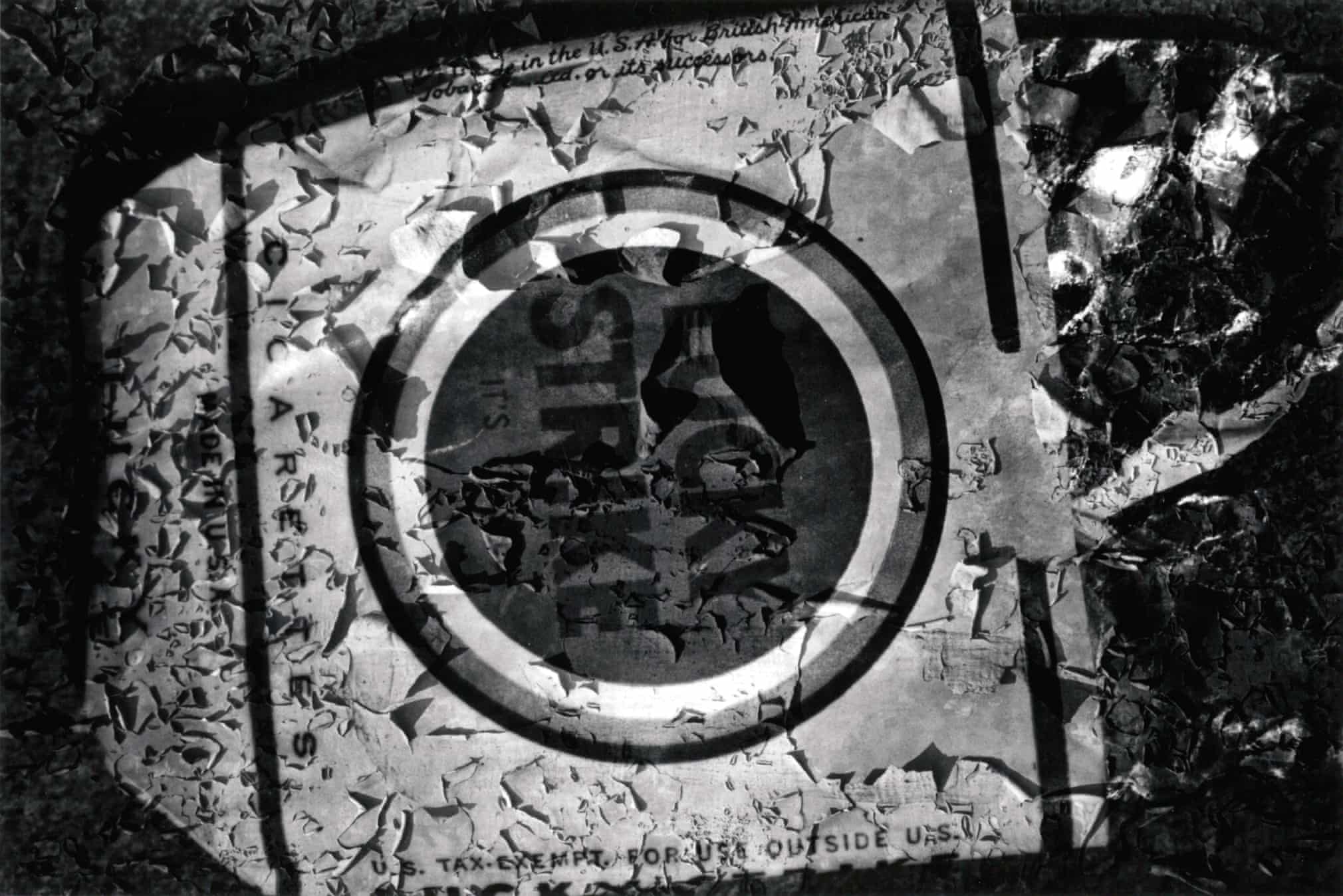
Lucky Strike, The Map by Kikiuji Kawada, 1959-65
What the photographer saw through the lens was now an abstract and concrete space open to experimentation as the artist’s subjective expression
Photograph: Collection Per Amor a l’Art
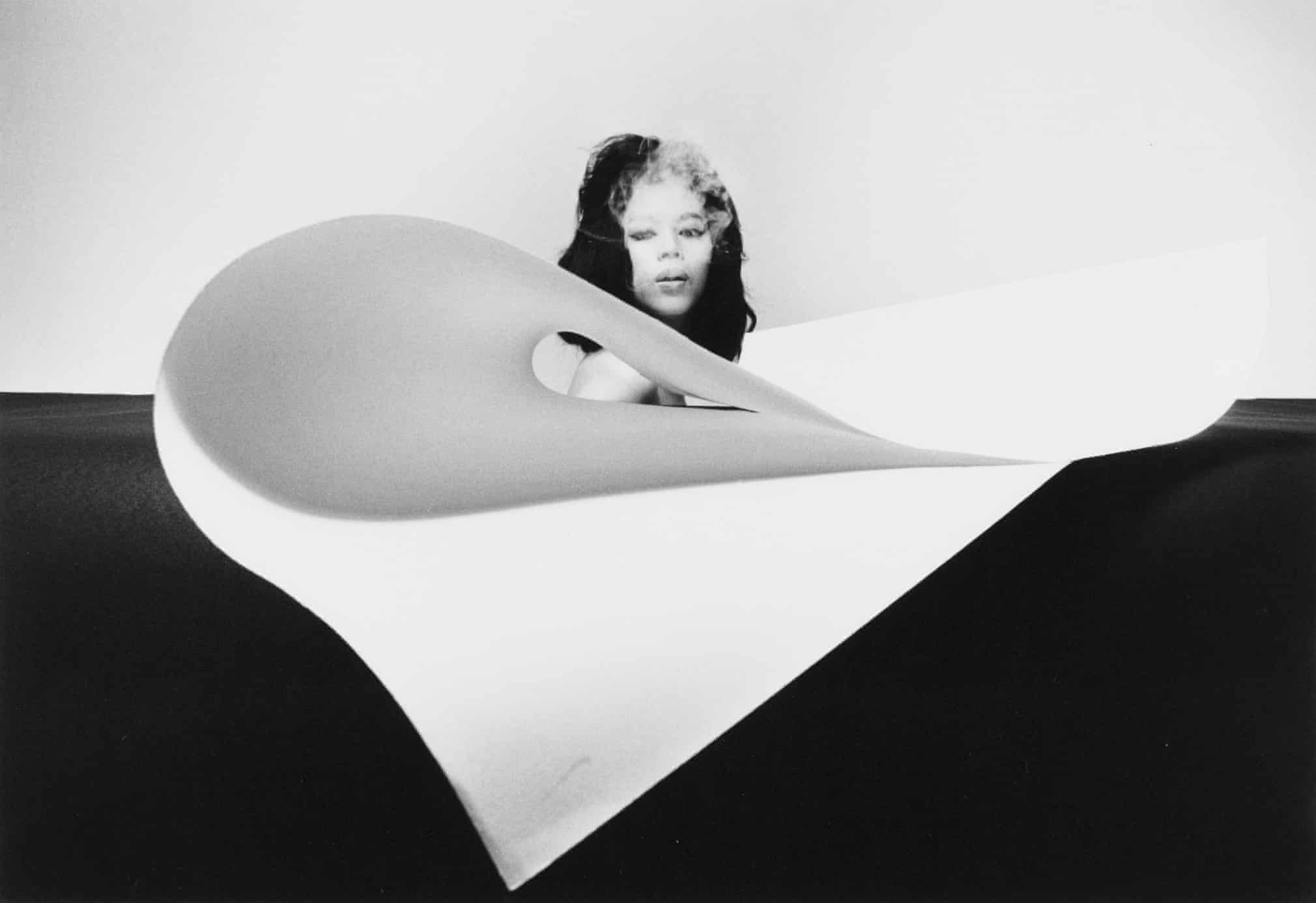
Cyclopean Eye by Akira Sato, c.1960
Sato experimented with exploring psychology using the techniques of fashion photography
Photograph: Collection Per Amor a l’Art
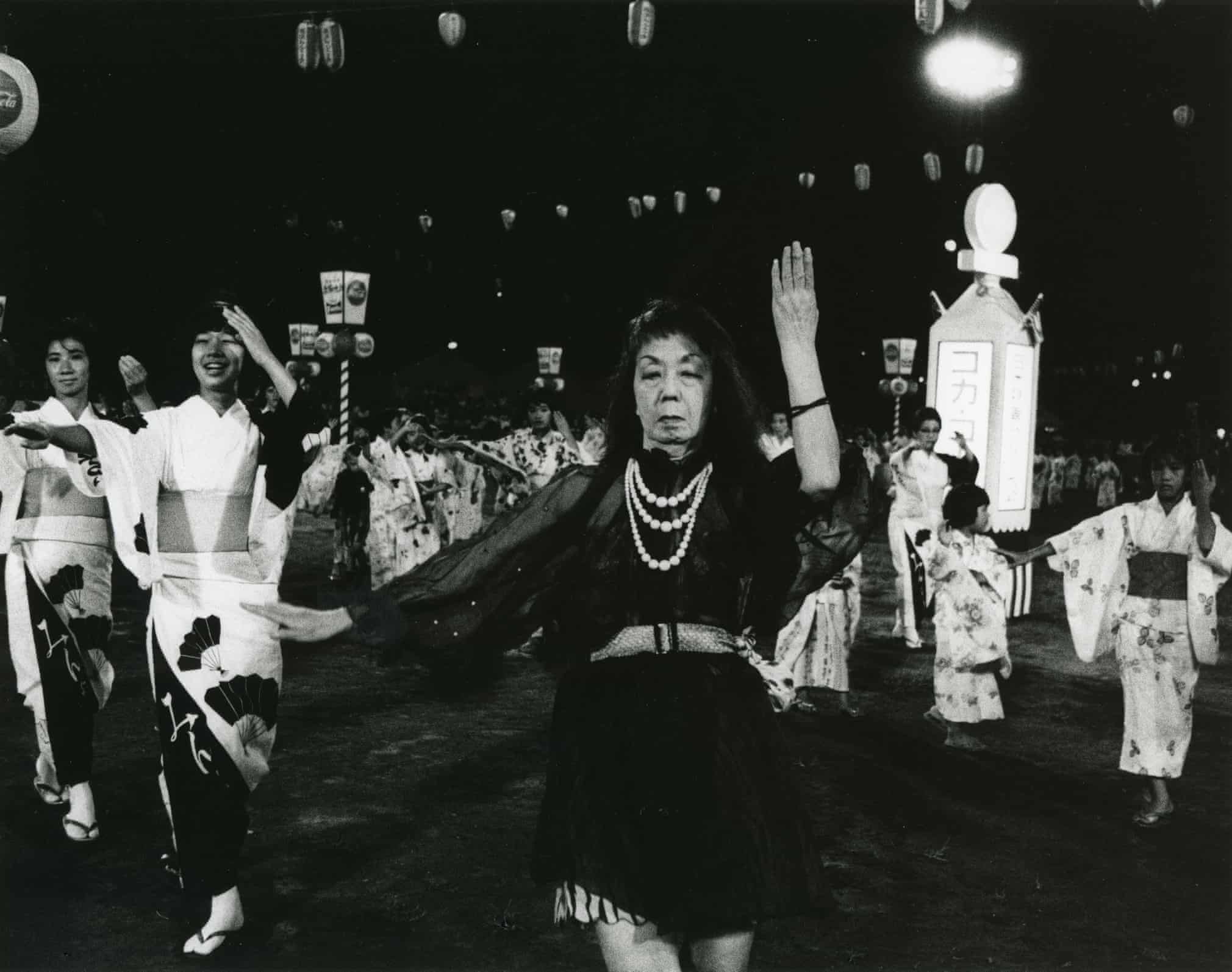
Dancing Oroku by Toyoko Tokiwa, 1954-1956
The Vivo group aimed to reflect on the relations between language and photography, and between art and political resistance, viewing photography as an alternative language
Photograph: Museum of Yokohoma Urban History

Eros Provoke No 2 by Daidō Moriyama, 1969
The magazine Provoke was founded in 1968 by Takuma Nakahira and Kōji Taki, along with Takahiko Okada and Yutaka Takanashi (with contributions from Daidō Moriyama after the second issue). Three issues were published before 1970. It was characterised by a clearly distinct style known colloquially as are-bure-boke (rough, blurred, out-of-focus)
Photograph: Daidō Moriyama Photo Foundation/Collection Per Amor a l’Art
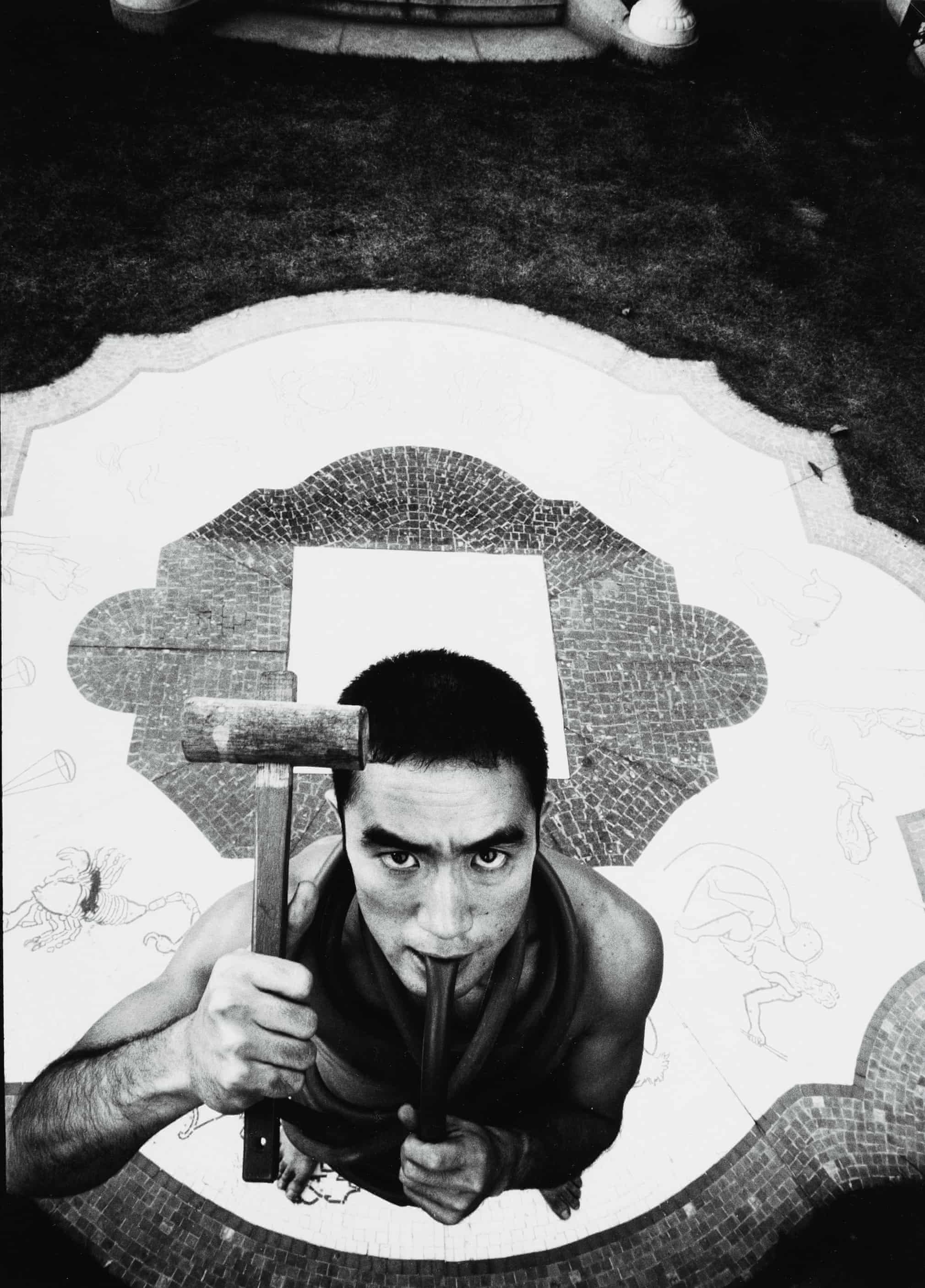
Ordeal by Roses by Eikoh Hosoe, 1961
In his 1961 series Barakei – translated as Ordeal By Roses – photographer Eikoh Hosoe collaborated with extraordinary Japanese author Yukio Mishima, placing him in a series of beautifully dark and surreal poses
Photograph: Collection Per Amor a l'Art

Embrace by Eikoh Hosoe, 1969-70
Provoke considered photography as an act involving not only the eye and mind but also the entire body
Photograph: Collection Per Amor a l'Art
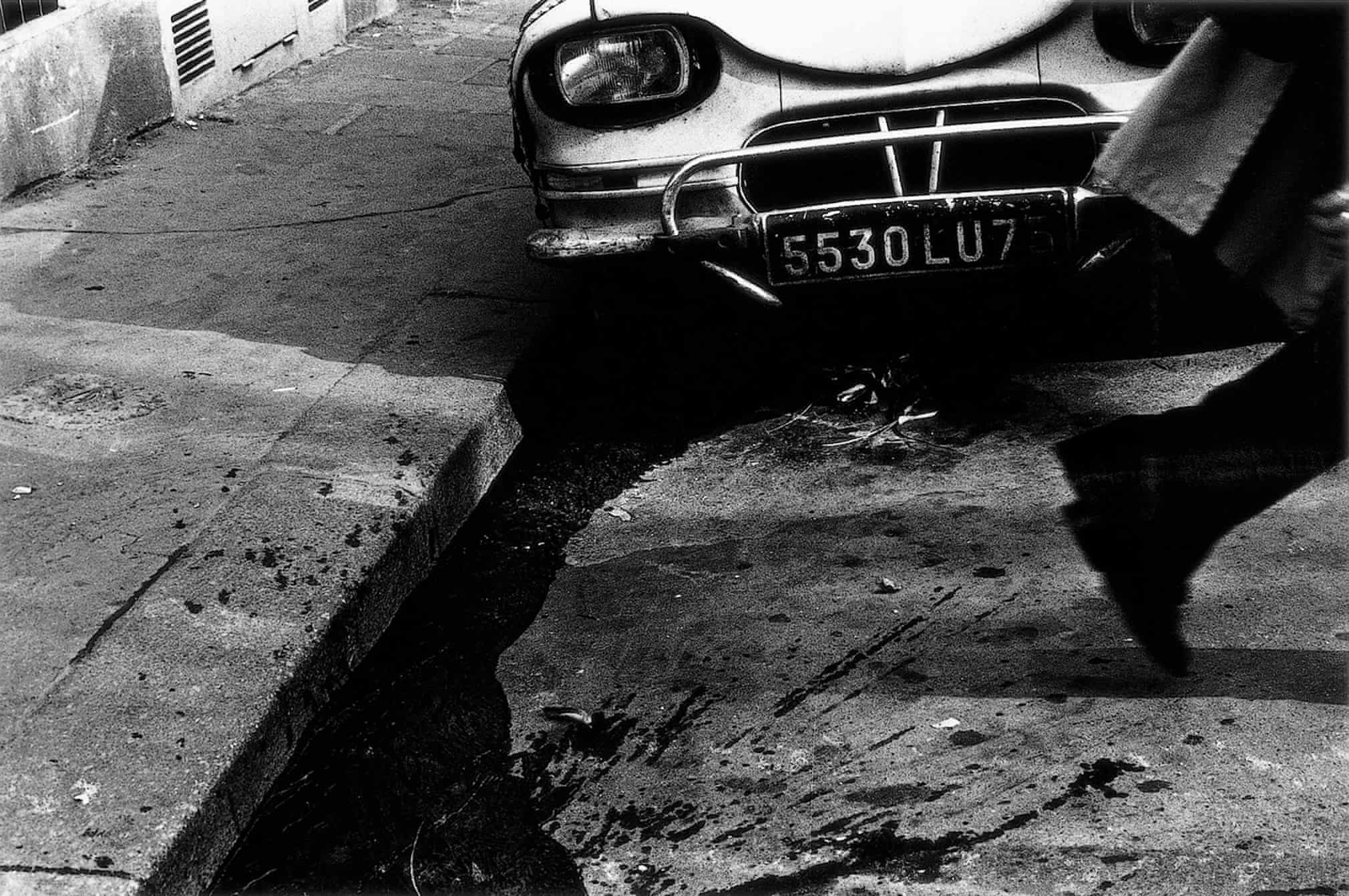
From the series ‘Circulation: Date, Place, Events’ by Takuma Nakahira, 1971
In this experimental project, Nakahira challenged himself to photograph his surroundings and in the same day exhibit the results, for a duration of approximately one week
Photograph: Gen Nakahira/Collection Per Amor a l’Art
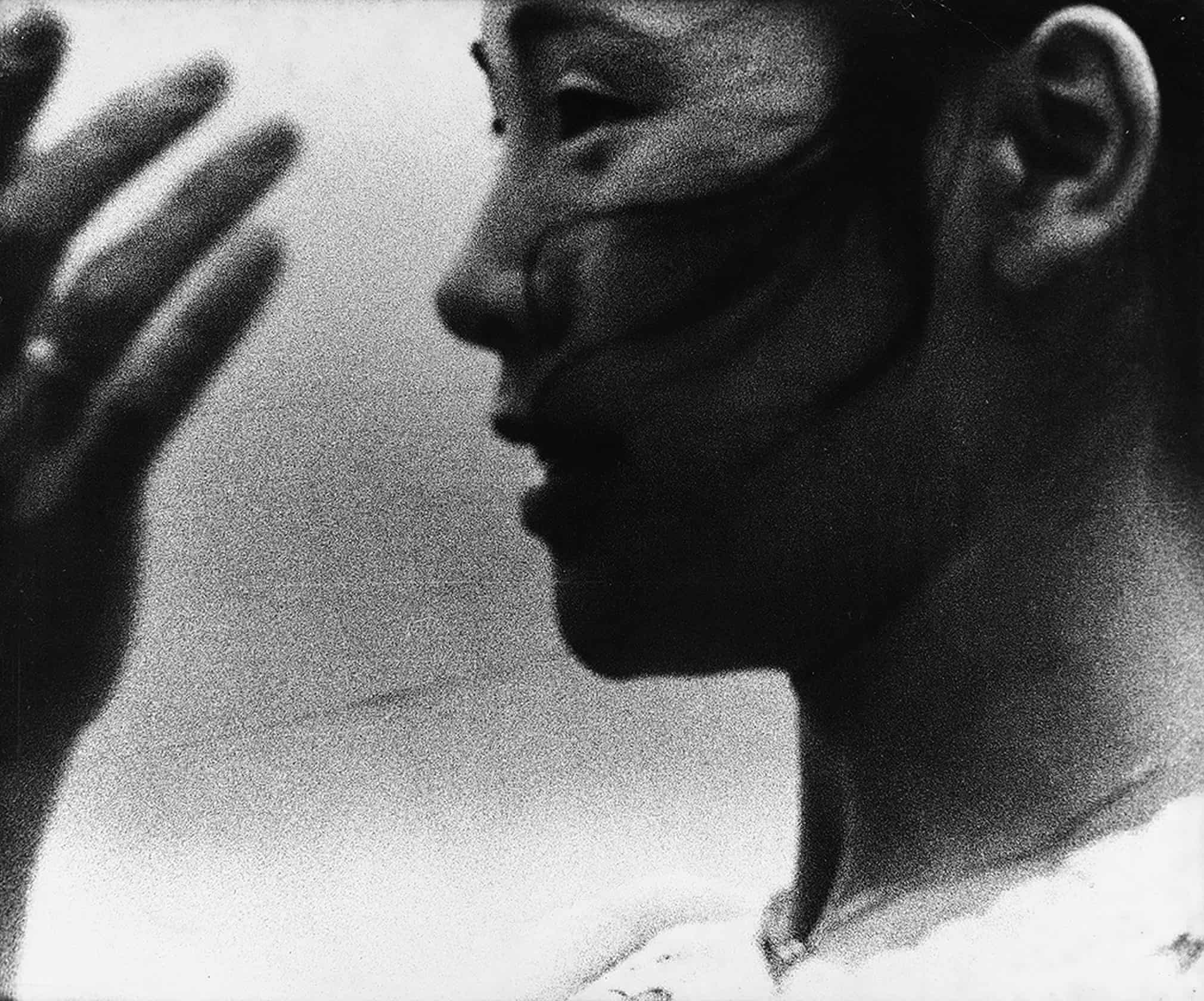
Shikishima by Tamiko Nishimura, 1970-1971
Most of the works included in this exhibition belong to Per Amor a l’Art, the most important private Japanese photography collection from this period outside Japan
Photograph: Collection Per Amor a l’Art
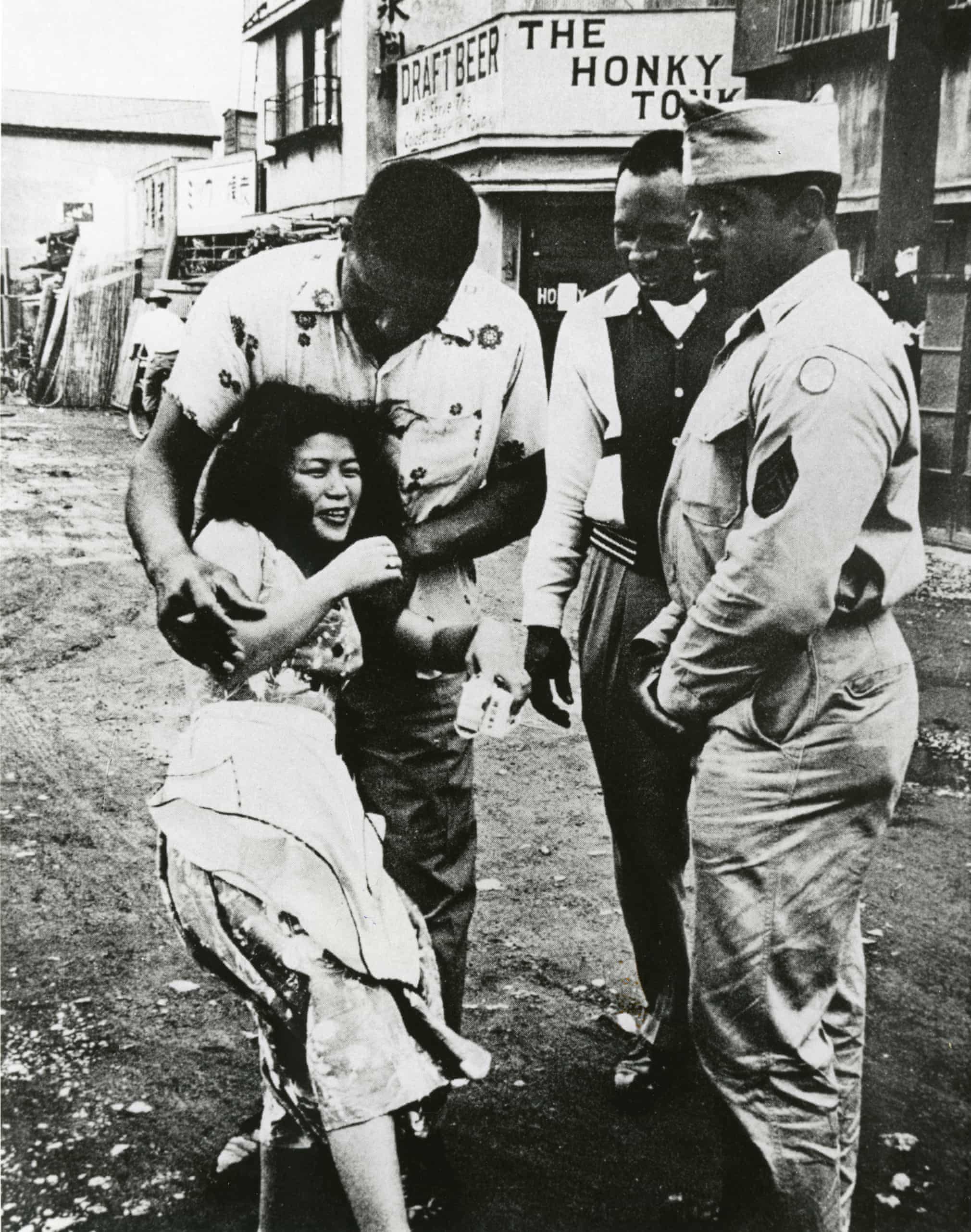
Isezakicho-ura, Wakabacho by Toyoko Tokiwa, 1955
The renovation of this period took place parallel to major economic, cultural and psychosocial changes, years marked by social upheaval, primarily against the American legacy from the occupation
Photograph: Collection Per Amor a l’Art
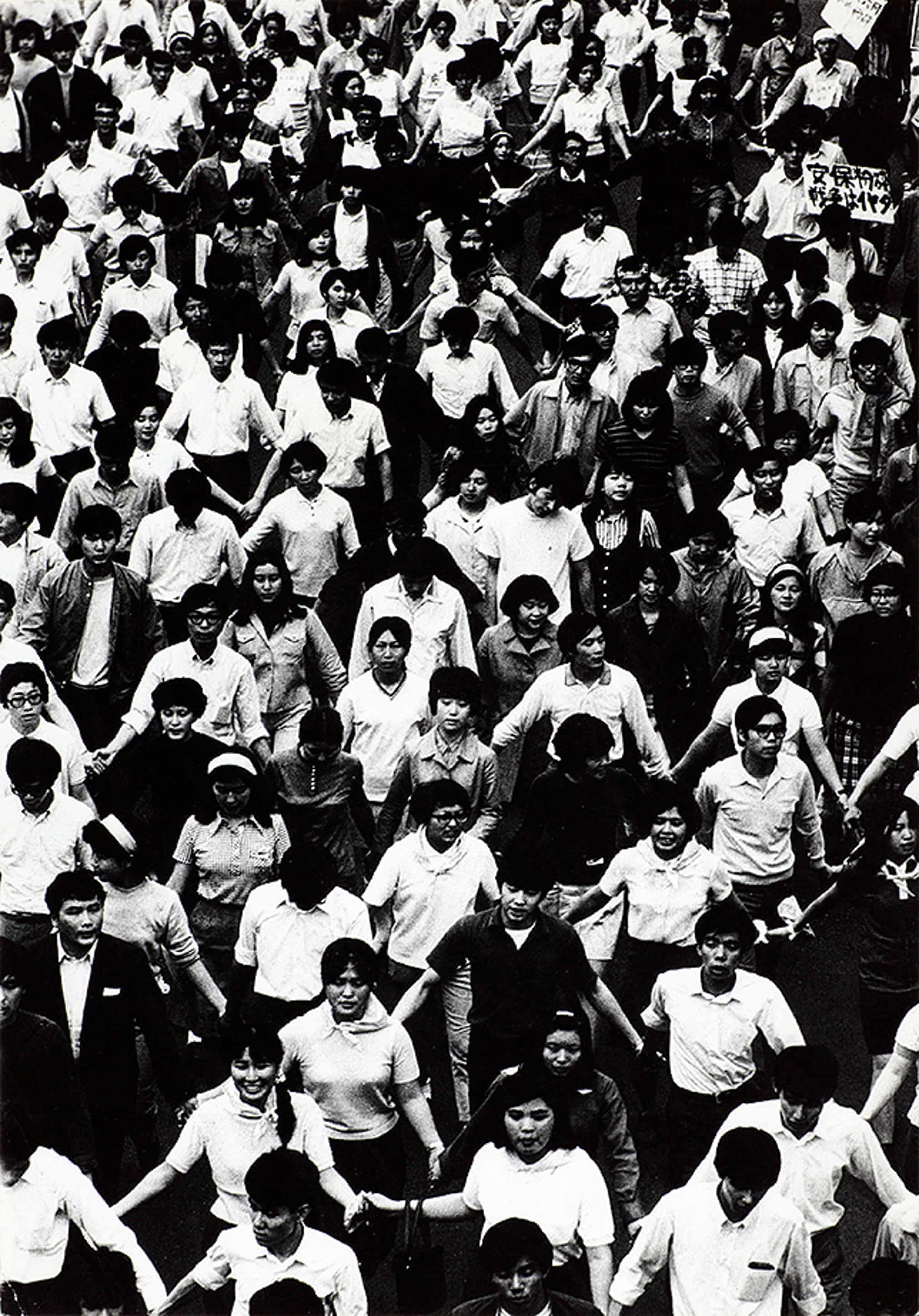
University Revolt Against Japan–US Security Treaty in 1970 by Takashi Hamaguchi, 1969
Takashi Hamaguchi produced a significant body of work recording the tensions and struggles that accompanied Japan’s transformation in the 60s and 70s
Photograph: Collection Per Amor a l’Art